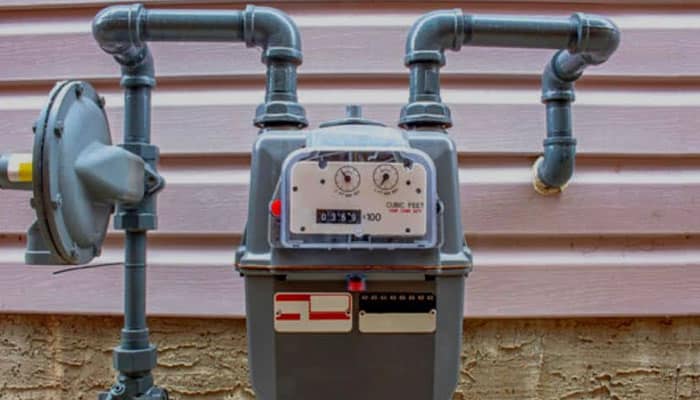Gas connections are essential for ensuring a comfortable and efficient home environment. They provide the means to power various household appliances, from heating systems to kitchen stoves, keeping homes warm and functional. Establishing a gas connection in a new home involves several steps.
Careful consideration and planning are needed for a smooth process. Learning how to connect gas to your home ensures the process is smooth and meets all safety standards. It is crucial to understand each step involved. Proper planning prevents future issues and ensures safety.
Initial Planning and Consultation
The first step in establishing a gas connection is the planning phase. Engaging with a service provider early in the construction process is crucial. This ensures all necessary infrastructure is in place before the home is completed. During the consultation, the service provider will assess the property and discuss the particular needs and requirements for the connection. This includes determining the type of appliances to be installed and their locations within the home.
Submitting the Application
Once the initial consultation is complete, the next step involves submitting an application for a connection. This application typically needs detailed information about the property, including its address, the intended usage, and the expected consumption levels. The service provider uses this information to plan the most efficient way to supply gas to the home.
Site Inspection and Approval
After the application is submitted, a site inspection is conducted. The inspection ensures that the property meets all the necessary safety and regulatory standards. During this inspection, the service provider will check for any potential hazards and ensure that the installation can be carried out safely. Once the inspection is complete and the property is deemed suitable, approval for the connection is granted.
Installation of Gas Metres and Pipelines
With approval in hand, the next phase involves the installation of metres and pipelines. The metre is typically installed on the exterior of the home in an accessible location. This metre measures the amount of gas consumed by the household. Pipelines are then laid to connect the metre to the various appliances within the home. It is essential that this installation is carried out by qualified people to ensure safety and compliance with all regulations.
Connection to the Main Gas Supply
Once the internal infrastructure is in place, the home is connected to the main supply. This step involves linking the property’s pipeline to the local distribution network. The connection must be made carefully to prevent any leaks or safety hazards. After the connection is complete, the gas flow is tested to ensure that it is steady and secure.
Safety Checks and Final Approval
Before the gas connection is fully operational, a series of safety checks are conducted. These checks ensure that all installations comply with safety standards and that there are no leaks or potential risks. The service provider will test each appliance to ensure it functions correctly and safely. Once these checks are complete, final approval is granted, and the connection is considered active.
Educating Homeowners on Safety Practices
An important aspect of establishing a gas connection is educating homeowners on safety practices. This includes providing information on how to detect leaks, what to do in case of an emergency, and the importance of regular maintenance. Homeowners should be aware of the signs of a leak, like the smell of gas, hissing sounds near pipelines, or dead vegetation around the metre. In the event of a suspected leak, it is crucial to evacuate the home immediately and contact the service provider.
Regular Maintenance and Inspections
Regular service and inspections are essential to ensure the gas connection’s ongoing safety and efficiency. Service providers often offer assistance packages that include routine metre, pipeline, and appliance checks. These inspections help find and address any issues before they become significant problems. Regular maintenance also ensures that the gas connection remains compliant with safety regulations.
Benefits of a Professional Gas Connection
Choosing a professional service for gas connection offers several benefits. Professional installers have the skill and understanding to carry out the installation safely and efficiently. They ensure that all regulatory needs are met and the connection is secure. Additionally, professional services often provide ongoing support and maintenance, giving homeowners peace of mind.
Establishing a gas connection in a new home is a multi-step process that needs careful planning, professional installation, and regular maintenance. By following these steps, homeowners can ensure their connection is safe, efficient, and reliable. A well-established provides the comfort and convenience of modern living, powering essential household appliances and heating systems. Knowing how to connect gas to your home is vital to have a smooth and safe process. Regular service and adherence to safety practices are crucial for sustaining the benefits of a gas connection and providing a comfortable home environment.






